SUMMARY
This is AI generated summarization, which may have errors. For context, always refer to the full article.
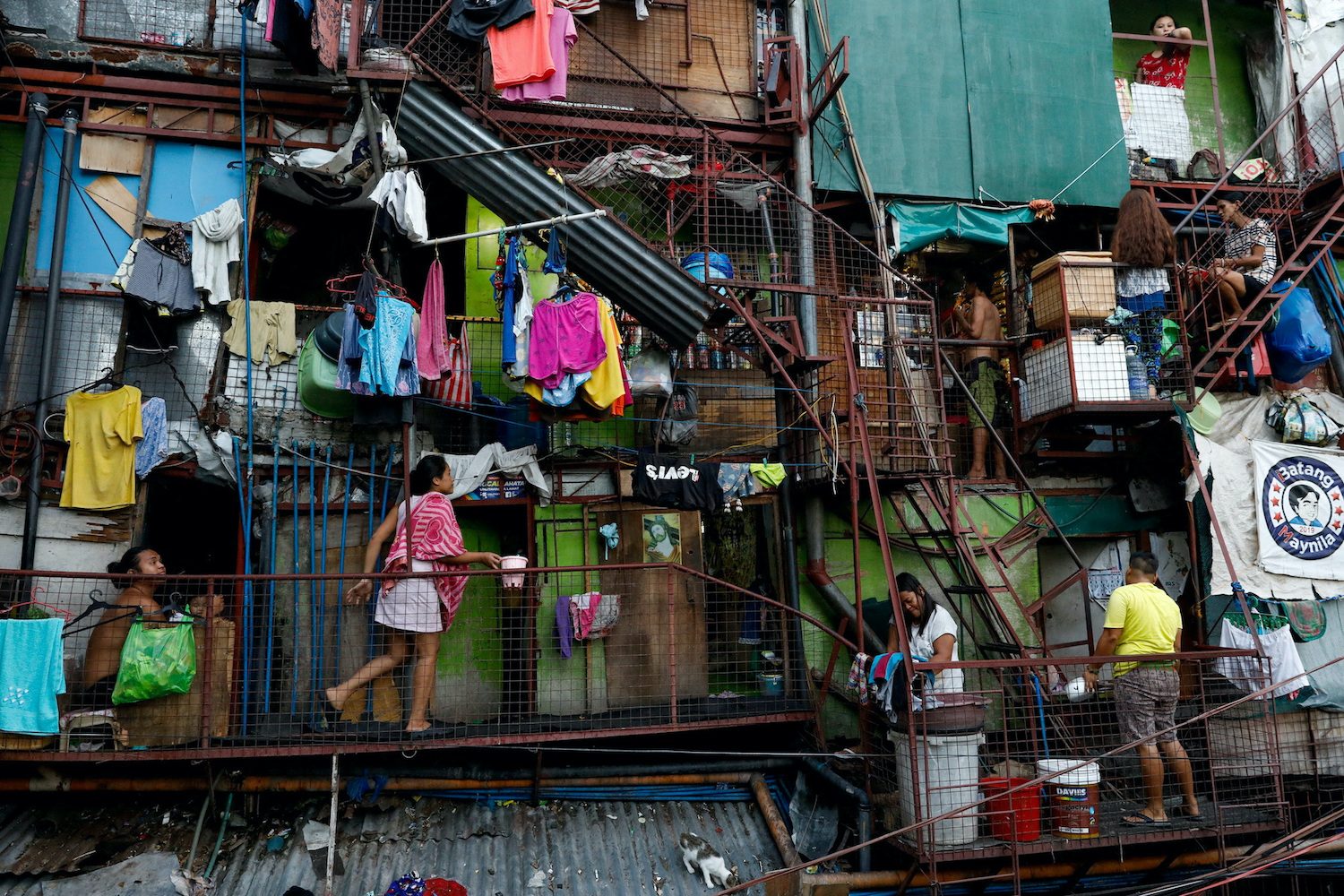
MANILA, Philippines – High economic growth and job expansion have resulted in significant poverty reduction in the Philippines, yet an elite few continue to hold a bulk of national wealth, findings of a World Bank report showed.
The World Bank report found that the Philippines’ middle class population has expanded to nearly 12 million people, while the “economically secure” has risen to 44 million. This was driven by high growth rates and job opportunities outside agriculture resulting in poverty falling by two-thirds – from 49.2% in 1985 to 16.7% in 2018.
However, the same study found that the top 1% earners together capture 17% of national income, with only 14% being shared by the bottom 50%.
The Philippines’ Gini coefficient – which measures economic inequality within a nation – stood at 42.3% in 2018, one of the highest in East Asia.
Studies also found that the Philippines is “struggling with deeply rooted inequality, shaped by the sociopolitical environment.”
“The Philippines aims to become a middle-class society free of poverty by 2040, but we know from global experience that no country has managed to make this transition while maintaining high levels of inequality,” said Ndiamé Diop, World Bank country director.
The World Bank said that inequality was reduced by the expansion of secondary education, better-paying jobs, access to basic services, and government social assistance programs.
However, inequality remained a challenge due to unequal opportunities, slow access to tertiary education among poor households, inequality in returns to college education, and the heavier burden of childcare on women.
The pandemic also aggravated inequality, as the poorest who suffered the most from COVID-19 have yet to fully recover their incomes.
The report also highlighted that inequality starts even before birth, starting with maternal nutrition and health during pregnancy.
“Inequality shapes outcomes later in life, such as employment opportunities and income, which in turn influence how much support adult Filipinos are able to provide for their children to help maximize their potential,” said Nadia Belhaj Hassine Belghith, senior economist with the East Asia Poverty Global Practice covering Thailand and the Philippines, who led the study. – Rappler.com
Add a comment
How does this make you feel?
![[OPINION] Kayod kalabaw: Intergenerational poverty and the fallacy of ‘diskarte’](https://www.rappler.com/tachyon/2022/07/ispeak-diskarte-July-20-2022.jpg?fit=449%2C449)
![[OPINION] What’s the right thing to do?](https://www.rappler.com/tachyon/2024/02/imho-whats-the-right-thing-to-do-02242024.jpg?resize=257%2C257&crop=259px%2C0px%2C720px%2C720px)
![[New School] Kagat ng realidad](https://www.rappler.com/tachyon/2024/02/new-school-kagat-ng-realidad-feb-14-2024.jpg?resize=257%2C257&crop=318px%2C0px%2C720px%2C720px)
![[New School] UP DiliMall, dili mall! Hindi nilalako ang edukasyon](https://www.rappler.com/tachyon/2023/11/ns-dilimall.jpg?resize=257%2C257&crop=307px%2C0px%2C720px%2C720px)
![[OPINION] A win for the breadwinner](https://www.rappler.com/tachyon/2023/08/iSpeak-win-breadwinner-August-1-2023.jpeg?resize=257%2C257&crop_strategy=attention)
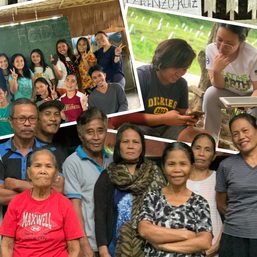
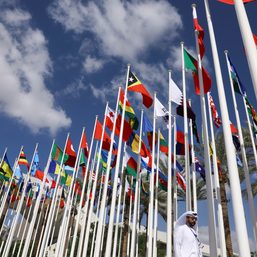
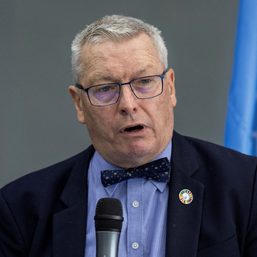

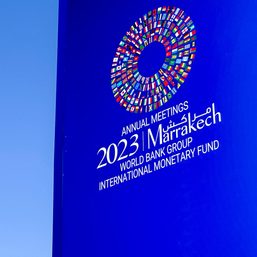
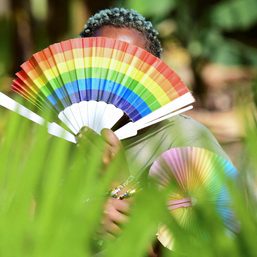
There are no comments yet. Add your comment to start the conversation.